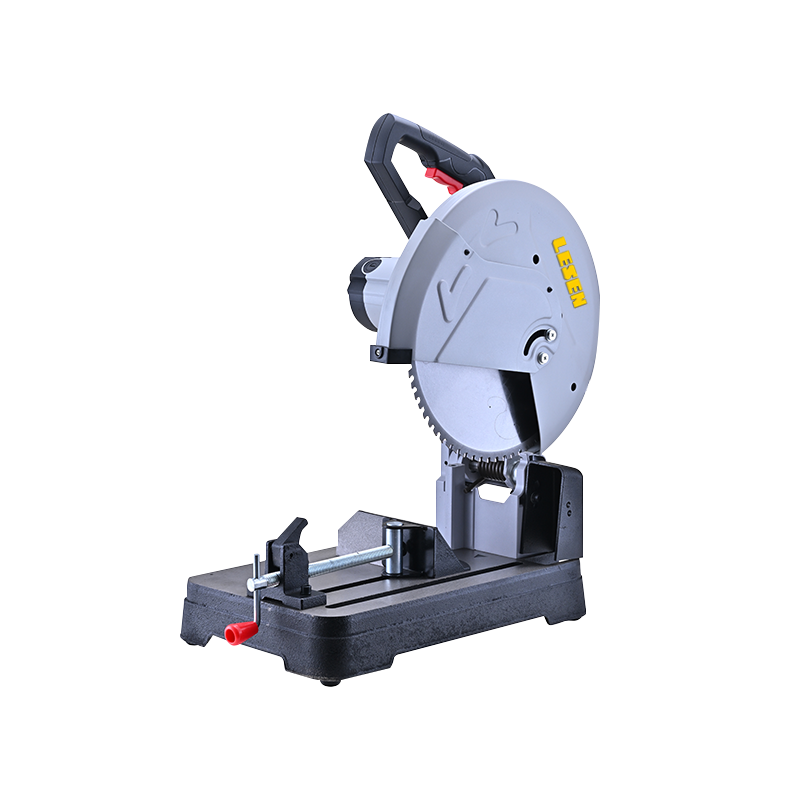
Metal cutting saws are essential tools in manufacturing, construction, and metalworking industries. For a Metal Cutting Saw Factory, ensuring that each product performs reliably and safely is critical. Testing processes are designed to verify the durability, precision, and efficiency of saws before they reach customers.
1. Visual and Structural Inspection
Before any functional tests, products undergo a thorough visual inspection. This includes checking for defects such as cracks, uneven surfaces, or loose components. A Metal Cutting Saw Factory pays close attention to the assembly of moving parts and the alignment of blades. Even small imgreations can affect cutting performance and safety. Inspections at this stage are often aided by both experienced staff and specialized equipment like measuring gauges.
2. Blade Performance Testing
The cutting blade is the heart of a metal cutting saw. A factory tests each blade for sharpness, balance, and stability under stress. This may involve running the saw at various speeds on different types of metal, such as steel, aluminum, or copper. By simulating real working conditions, the factory can observe whether the blade maintains consistent cutting depth and produces a clean cut without excessive vibration. Blade testing also helps identify manufacturing inconsistencies that could lead to faster wear or breakage.
3. Motor and Power Assessment
A saw's motor determines how effectively it can handle heavy workloads. Testing includes running the motor under controlled loads to ensure it delivers the correct power and speed. A Metal Cutting Saw Factory measures parameters like current draw, temperature, and noise levels. Motors that overheat or fail under stress are flagged for further inspection or repair. This step ensures that saws meet operational safety standards and can endure extended use without performance issues.
4. Safety Mechanism Checks
Safety is a priority in any cutting equipment. The factory tests guards, emergency ss, blade covers, and other protective devices. Each mechanism must function properly and withstand repeated operation. For instance, the blade guard should automatically return to its position after cutting, and emergency ss should immediately cut power. This kind of testing prevents accidents and assures customers that the saws are safe to use.
5. Longevity and Durability Tests
Durability tests simulate long-term use to identify potential weaknesses. This can include continuous operation under load, repeated start-s cycles, and exposure to dust or coolant. A Metal Cutting Saw Factory may also test resistance to vibration and minor impacts, as these factors affect the lifespan of both the blade and the machine body. By identifying wear points early, the factory can make design improvements or adjust material choices.
6. Final Quality Verification
Once all tests are completed, the factory conducts a final verification. Each saw is checked against quality standards to ensure it meets required specifications. This includes confirming dimensions, cutting accuracy, and operational reliability. Only products that pass all inspections are packaged and shipped.
Testing at a Metal Cutting Saw Factory involves multiple layers of inspection and evaluation. From visual checks and blade performance to motor assessment and safety verification, every step helps ensure that saws are reliable, durable, and safe. Such systematic testing builds trust with customers and reduces the likelihood of product failures in the field. For manufacturers, careful testing is not just about quality control—it is about delivering tools that professionals can rely on for demanding tasks.
